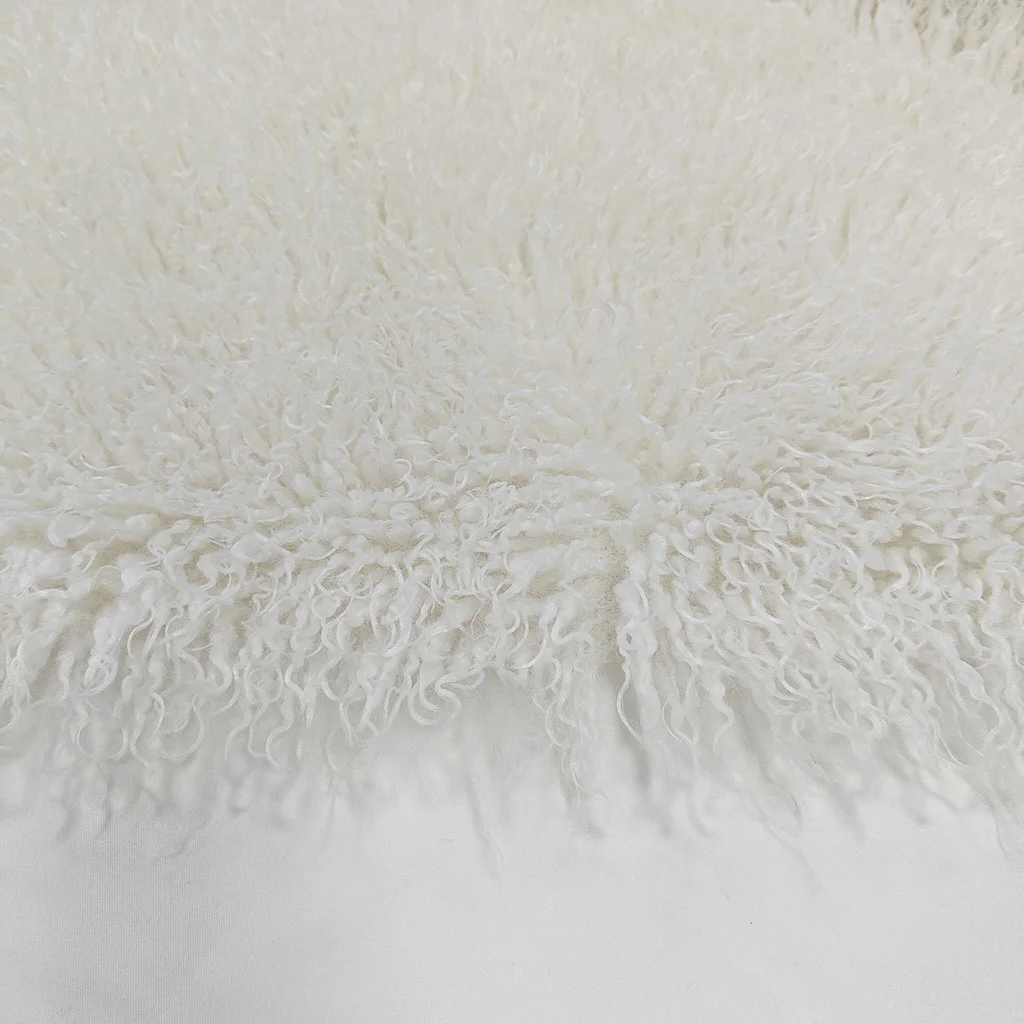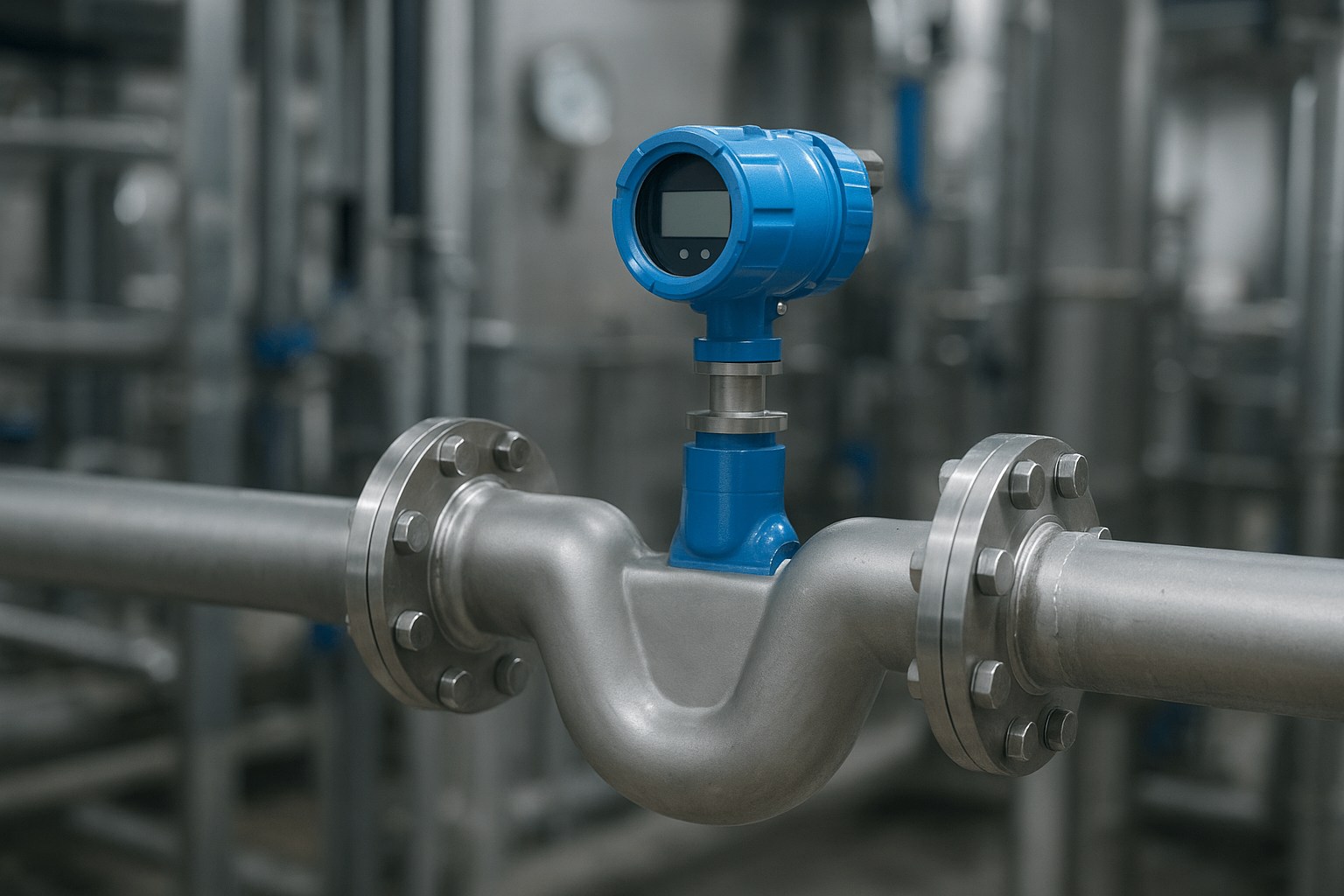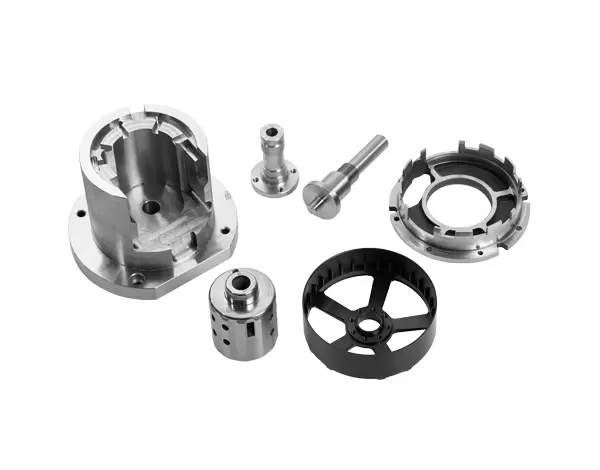Mechanical seals play a crucial role in preventing leakage and ensuring the efficient operation of various industrial machinery. Understanding the raw materials used in the production of mechanical seals is essential for engineers, manufacturers, and anyone involved in the field. In this forum post, we will delve into the world of mechanical seals and explore the diverse range of raw materials employed in their construction.
- Elastomers:
Elastomers are a vital component of mechanical seals, providing flexibility and resilience. Common elastomers used include nitrile rubber (NBR), ethylene propylene diene monomer (EPDM), fluoroelastomers (FKM), and perfluoroelastomers (FFKM). NBR offers excellent resistance to oil and fuel, while EPDM excels in handling water and steam applications. FKM and FFKM exhibit exceptional chemical resistance, making them suitable for demanding environments. - Face Materials:
The face materials of mechanical seals are responsible for creating a dynamic sealing interface. Various materials are chosen based on the specific application requirements. Some commonly used face materials include carbon, ceramic, silicon carbide, and tungsten carbide. Carbon is widely used due to its self-lubricating properties and compatibility with a broad range of fluids. Ceramic offers excellent wear resistance, while silicon carbide and tungsten carbide provide enhanced durability in abrasive environments. - Metal Components:
Mechanical seals incorporate several metal components to ensure stability and structural integrity. Stainless steel is a prevalent choice due to its corrosion resistance and strength. Other metals, such as bronze and brass, may be used for specific applications. The selection of metal components depends on factors like temperature, pressure, and compatibility with the process fluid. - Springs and Secondary Sealing Elements:
Mechanical seals often feature springs and secondary sealing elements to maintain proper sealing force and compensate for wear. Springs are typically made of stainless steel or other corrosion-resistant alloys, ensuring longevity and consistent performance. Secondary sealing elements, such as O-rings or V-rings, are commonly made of elastomers and provide additional sealing protection.
Conclusion:
Understanding the raw materials used in mechanical seals is crucial for optimizing their performance and ensuring reliable operation in various industrial applications. Elastomers, face materials, metal components, springs, and secondary sealing elements all contribute to the overall effectiveness and longevity of mechanical seals. By considering the specific requirements of each application, engineers and manufacturers can select the most suitable raw materials to achieve optimal sealing performance.





